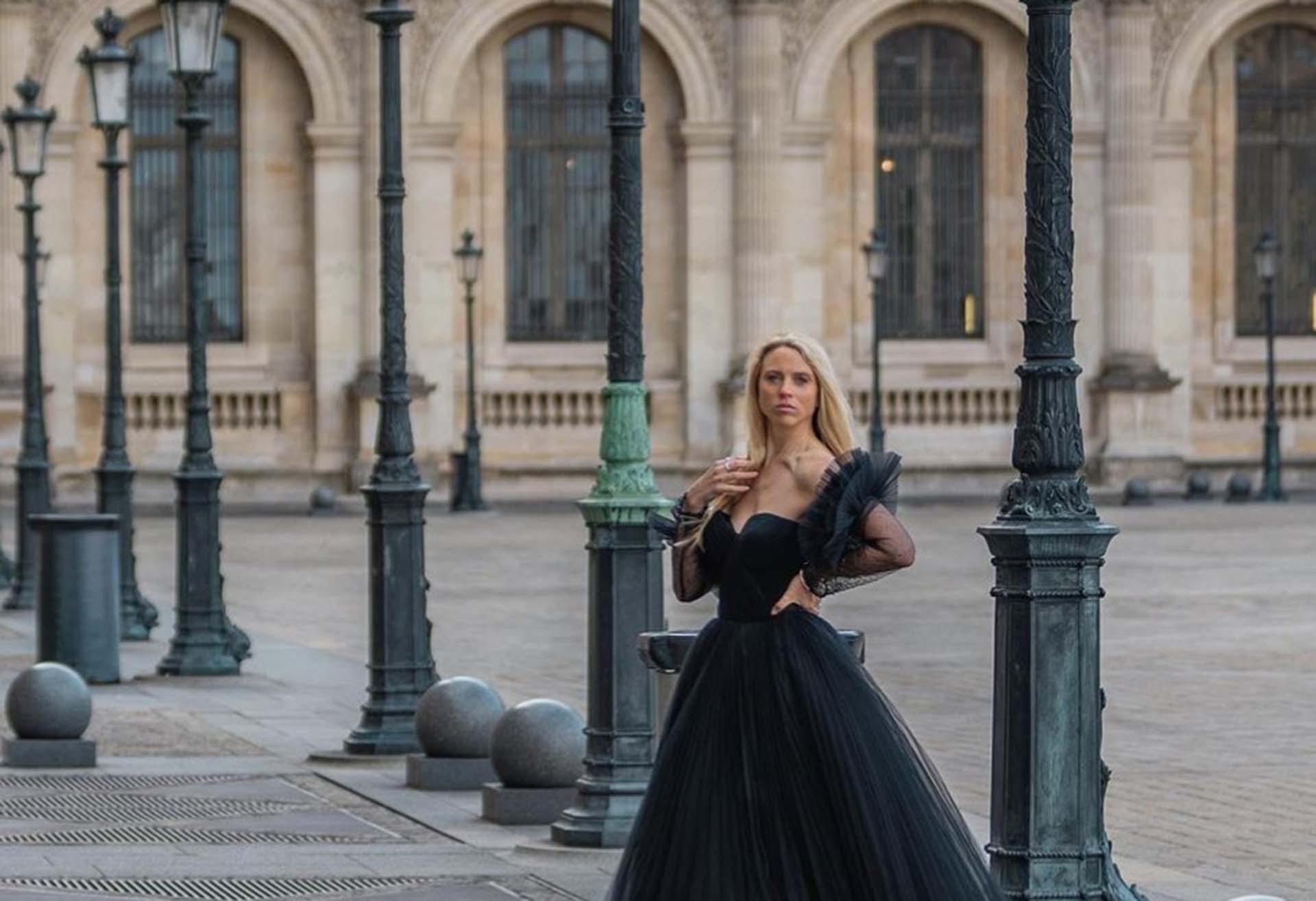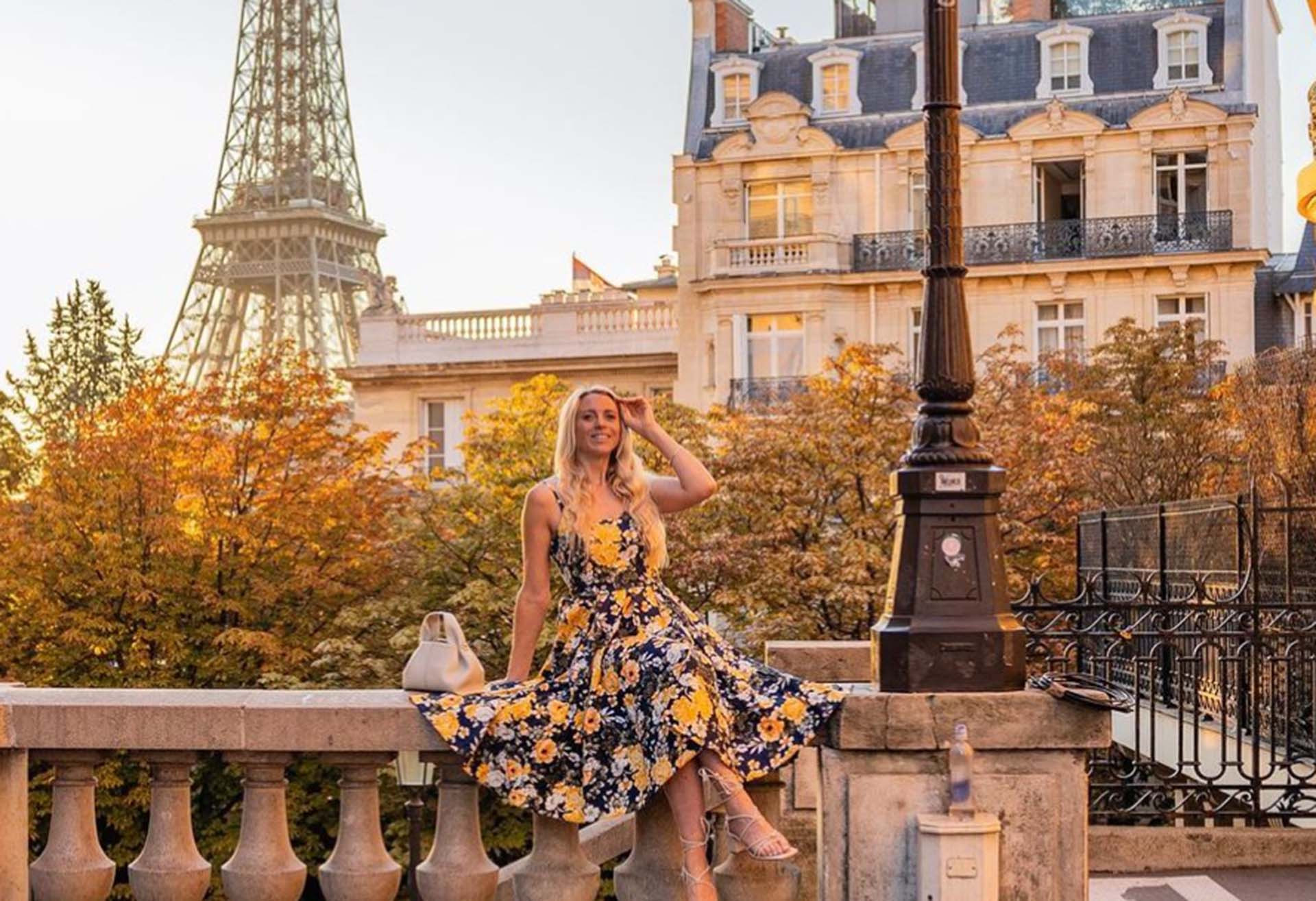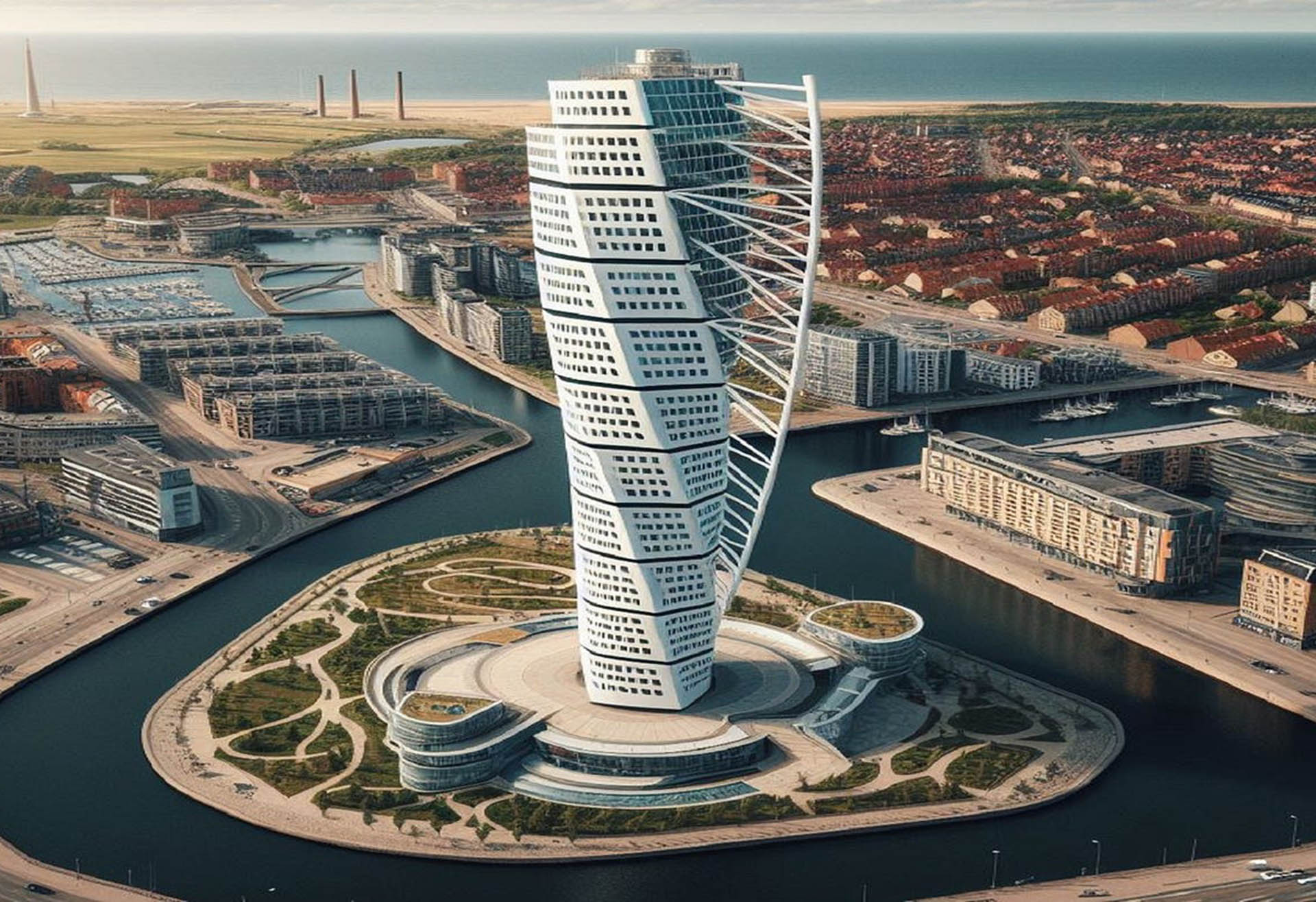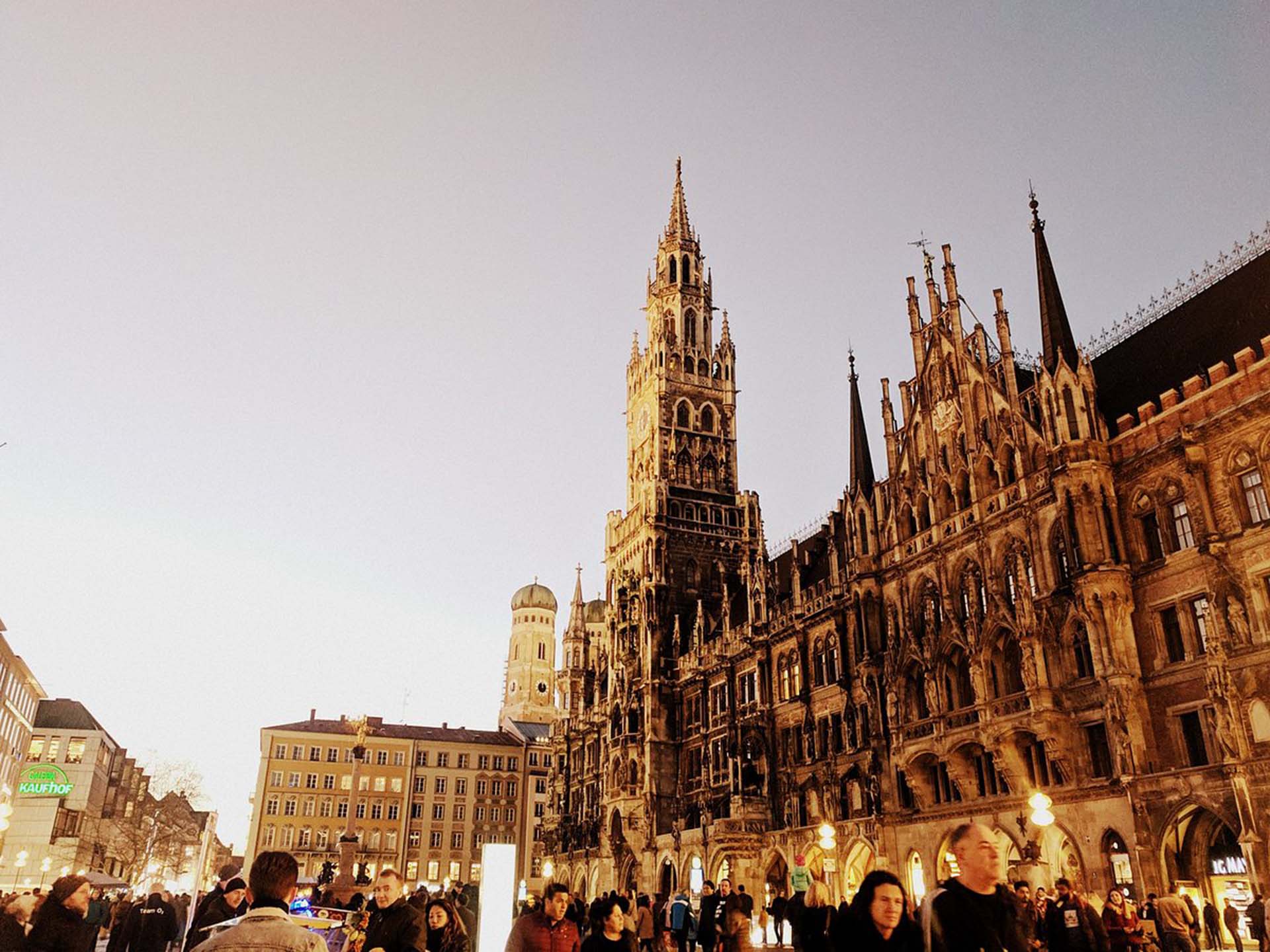The Louvre Museum stands as an iconic symbol of art, culture, and history, nestled in the heart of Paris, France. Originally a fortress built in the late 12th century, it evolved through centuries into one of the world’s largest and most visited museums. The Louvre’s expansive collection spans over 9,000 years of art history, showcasing diverse masterpieces from various civilizations and cultures. From ancient relics to Renaissance paintings and renowned sculptures, the Louvre encapsulates the essence of human creativity and expression.
The Louvre’s Magnificent History
The Louvre’s journey through time mirrors the evolution of Paris itself. Its inception traces back to the late 12th century when King Philip II fortified the structure as a defensive stronghold along the Seine River’s banks. Initially conceived as a medieval fortress, the building’s sturdy walls and strategic location safeguarded the city against external threats during tumultuous times.
Over centuries, the Louvre underwent numerous transformations, transitioning from a military bastion to a royal residence under successive monarchs. Each ruler left an indelible mark, altering its purpose and architecture to suit the era’s needs. It was during the Renaissance period that the Louvre began embracing its destiny as an epicenter of art and culture.
However, the most significant chapter in the Louvre’s history emerged during the French Revolution in the late 18th century. The revolutionaries repurposed the Louvre from a royal palace to a public museum—a symbolic shift that opened its doors to the masses. This pivotal moment redefined the Louvre’s identity, marking its transition into a repository of artistic heritage accessible to all.
Napoleon Bonaparte, an ardent admirer of art’s transformative power, played a pivotal role in shaping the Louvre’s destiny. His conquests across Europe facilitated the acquisition of countless artworks, enriching the museum’s collections significantly. Napoleon’s vision extended beyond military conquests; he sought to build an unparalleled cultural legacy, solidifying the Louvre’s status as a beacon of artistic excellence and global significance.
Under his patronage, the Louvre expanded its repertoire, housing not only French masterpieces but also treasures from conquered territories. The museum’s halls became a mosaic of cultures and civilizations, a testament to the diversity and richness of human artistic expression.
The Louvre’s metamorphosis—from fortress to royal abode to public museum—serves as a testament to its resilience and adaptability across centuries. It stands today not merely as a repository of art but as a living testament to Paris’s vibrant history and the evolution of human creativity. The layers of history embedded within its walls offer visitors a profound journey through time, inviting them to explore not just artworks but the story of human civilization itself.

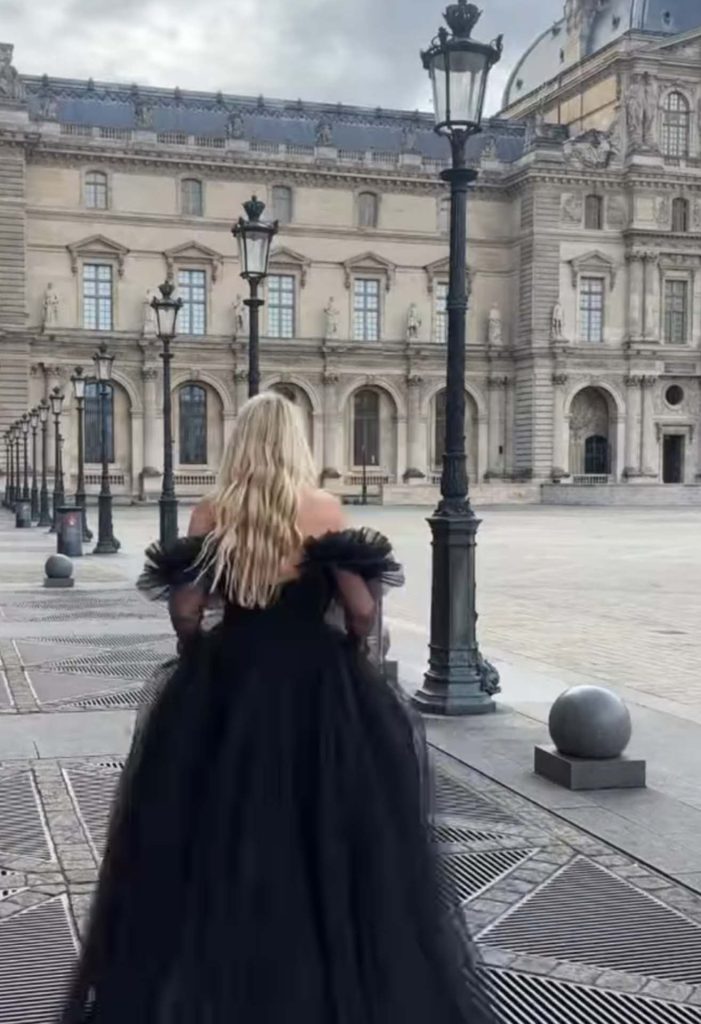
Notable Artworks and Collections
The Louvre’s galleries are a treasure trove of human creativity, housing some of the most iconic and celebrated artworks known to mankind. Stepping into these hallowed halls, one is immediately captivated by the allure of artistic genius that transcends time and space.
Among the myriad masterpieces, the enigmatic allure of Leonardo da Vinci’s “Mona Lisa” holds an almost magnetic pull. The painting’s gaze seems to follow you, drawing you into the mystery of her smile. Standing in front of this iconic artwork, I couldn’t help but marvel at the enigma Leonardo encapsulated within those brushstrokes—a convergence of subtlety, allure, and intrigue that continues to captivate millions of visitors.
Moving through the museum’s corridors, I encountered the breathtaking “Venus de Milo,” a statue embodying timeless beauty and grace. Despite lacking arms, this ancient Greek sculpture exudes an ethereal elegance that transcends physical form. Standing before it, I was struck by the sculptor’s ability to capture emotion and fluidity in stone—a testament to the artistic prowess of ancient craftsmen.
Another highlight, the “Winged Victory of Samothrace,” commands attention with its majestic presence. Perched atop a staircase, the sculpture emanates a sense of triumph and dynamism. Its fragmented form seems to come alive, evoking a powerful sense of movement and grace that leaves an indelible impression.
Beyond these iconic pieces, the Louvre’s vast collection encompasses an astonishing array of artistic expressions. From ancient Egyptian relics that speak of a civilization’s grandeur to Greek and Roman artifacts echoing tales of myth and conquest, the museum offers a window into diverse epochs of human history.
The European paintings adorning the walls narrate stories of religious fervor, artistic innovation, and societal change. Each brushstroke seems to whisper tales of the Renaissance, Baroque, and Romantic periods, inviting visitors to traverse the timeline of European artistry.
Decorative arts add yet another layer of fascination, showcasing craftsmanship that spans centuries and continents. Intricately designed furniture, ornate tapestries, and exquisite ceramics offer glimpses into the opulence and refinement of bygone eras.
Navigating these galleries felt like traversing through epochs and civilizations, witnessing humanity’s artistic evolution firsthand. Each artwork, artifact, or antiquity unveiled layers of history and creativity, igniting a profound appreciation for the diverse expressions of human imagination.
The Louvre, with its unparalleled collection, doesn’t just house art; it fosters an immersive journey into the essence of human creativity, leaving visitors spellbound and enriched by the sheer depth and breadth of artistic brilliance on display.
Exploration and Travel Tips
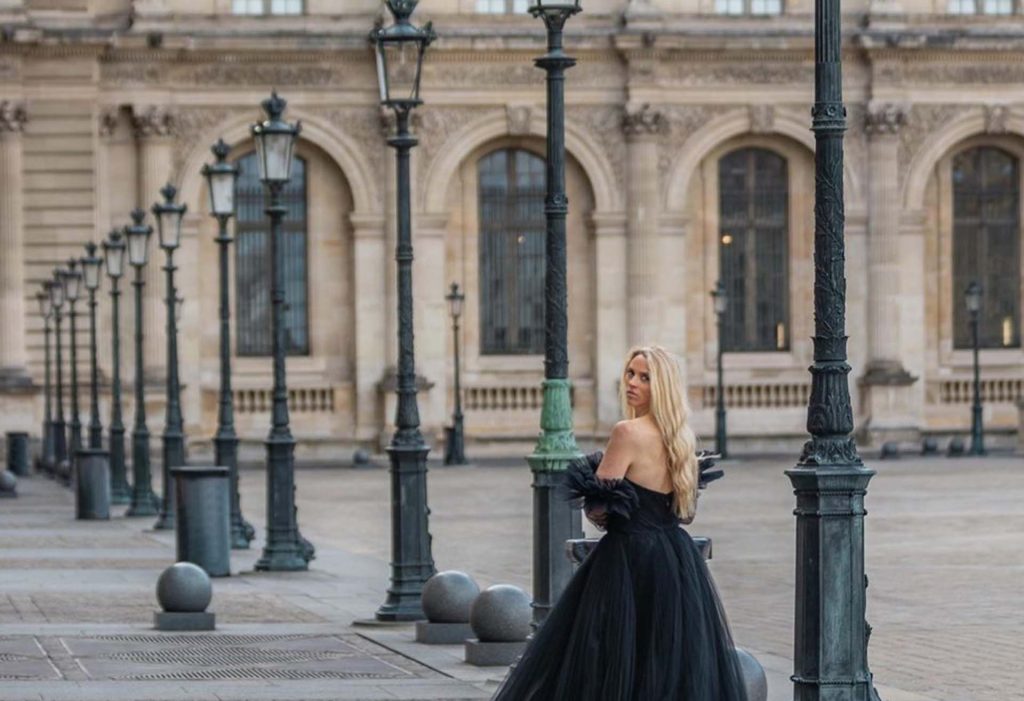
Planning a visit to the Louvre involves thoughtful preparation to ensure a fulfilling and immersive experience amidst its extensive collection of artworks. Here’s a deeper insight into the logistics and strategies to navigate the museum efficiently:
- Advanced Ticket Reservations: To bypass lengthy queues and optimize time within the Louvre’s galleries, securing tickets in advance is paramount. Online reservations through the official Louvre website or authorized partners are highly recommended. These reservations often offer skip-the-line access, allowing visitors to enter swiftly without waiting in extended queues. Ticket Prices: Ticket costs may vary based on several factors, such as special exhibitions, guided tours, or additional services included. Pricing tiers could also apply for various age groups or visitor categories.
- Operating Hours: The Louvre Museum typically welcomes visitors from 9 a.m. to 6 p.m., barring Tuesdays when it remains closed. This schedule allows ample time to explore the vast collection spread across multiple wings and levels. Strategic Planning: Given the museum’s sheer size and extensive collection, strategizing the visit is crucial. Planning a route or focusing on specific sections of interest can help avoid feeling overwhelmed by the sheer volume of artworks on display.
- Guided Tours and Services: Consider availing guided tours or audio guides offered by the museum. These services provide insightful narratives, historical context, and curated routes through the exhibits, enhancing the overall understanding and appreciation of the artworks.
- Additional Tips: To optimize the visit, arriving early or during off-peak hours can contribute to a more relaxed exploration experience. Additionally, carrying a map or utilizing digital resources to locate must-see artworks or specific sections can streamline the visit.
When calculating expenses, it’s essential to consider the ticket prices, any additional services chosen, and, if applicable, transportation costs to and from the museum. The flexibility of advanced ticket reservations and the strategic utilization of available resources ensure a more enriching and hassle-free exploration of the Louvre’s unparalleled artistic legacy.
Journey to the Louvre
Metro: The Paris Metro system is an efficient and cost-effective means of reaching the Louvre. The museum is conveniently accessible via several metro stations:
- Palais Royal-Musée du Louvre (Lines 1 and 7): This station is directly connected to the Louvre. Line 1 is one of the primary lines traversing the city, offering easy access from various parts of Paris.
- Louvre-Rivoli (Line 1): Another nearby station, providing direct access to the museum. Cost: A single metro ticket within central Paris (Zone 1) costs around €1.90 (as of my last update). Day passes or multi-day tickets are also available, providing unlimited travel within designated zones.

Bus: The bus network in Paris offers an alternative mode of transportation. Several bus routes pass close to the Louvre Museum, allowing travelers to explore the city while en route to their destination. Cost: Bus tickets are generally the same price as metro tickets, offering flexibility in travel options.
Walking: For those keen on a scenic and leisurely approach, a stroll through the Jardin des Tuileries before arriving at the Louvre Museum presents a picturesque experience. The gardens serve as a delightful pathway, offering greenery, sculptures, and a serene ambiance. Cost: Walking through the gardens is free and adds a pleasant touch to the journey.
Taxi/Car: Taxis or rideshare services are also available for a more direct and personalized mode of travel. Taxis in Paris can be hailed or booked through apps, and they offer a door-to-door service. Cost: Taxis may vary in price depending on the distance traveled and time of day due to traffic conditions. Rideshare services often provide cost estimates before booking.
When considering transportation costs, it’s essential to factor in the mode of travel, ticket prices, or potential taxi fares. The Paris Metro is generally a budget-friendly and efficient choice for reaching the Louvre Museum, offering a convenient connection to the heart of Paris’s cultural heritage.
